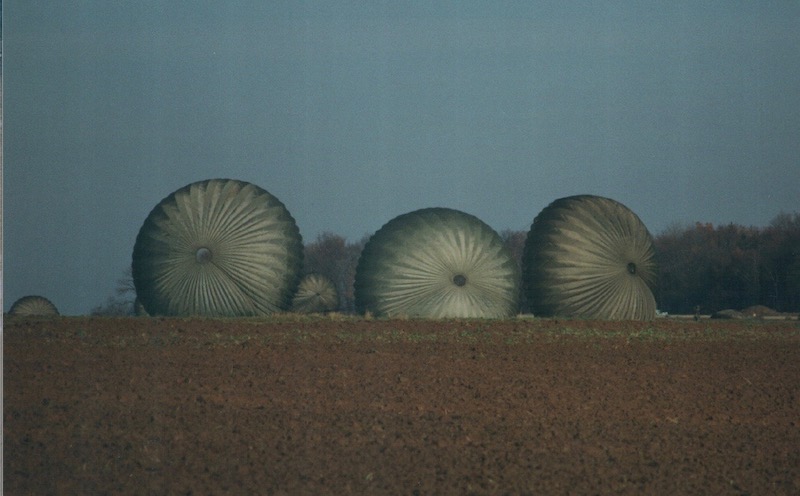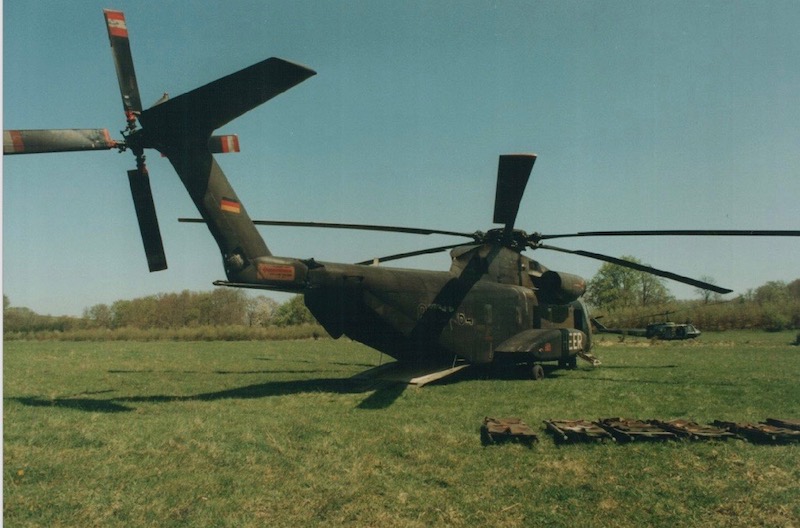Get the weekly SPARTANAT newsletter.
Your bonus: the free E-Book from SPARTANAT.

High Flexibility in the 1st Airborne Division
The 1st Airborne Division, as well as the 1st Mountain Division, were already exceptions during this time. Flexibility and adapted, situation-dependent operational methods were characteristics of these elite units. The Airborne Division, with the capability for parachute jumps, distinguished itself not only by pride in weapons, but also by actual performance compared to other army units. Being a paratrooper means something. To endure personal hardship, but also to bring the necessary motivation to everyday service.

Helicopter or Parachute Jump
Various methods were tested. However, the focus was always on the transportation of materials. Parachute jumps or landing with CH 53, as well as Bell UH 1 D, were known methods. The issues were more about which, how much, and how the packaged material should be carried. Limited material resources were available in the jump pack or cargo bag. Material dropped separately was at risk of getting lost. A problem that all parachute units worldwide had and still have.
Only after many attempts and further conceptual development did a viable concept emerge. Unfortunately, this concept did not then become widely implemented in the unit. Political events, such as the dissolution of the 1st Airborne Division, the establishment of the Central Medical Service, the beginning of operations in the Balkans, and a realignment towards Out of Area missions, caused all these considerations to disappear into drawers or archives.
On the way to the Combat First Responder
Only many years later did they reappear in a further developed or adapted version. Concepts that are still relevant today, naturally adapted to new material possibilities and operational principles. The basic idea of having special military medics on site with the Special and Specialized Forces is the maxim of professional elite units. KSK (Special Forces Command = Special Forces) and EGB (Extended Basic Qualification = Rangers). Paratroopers have optimized this basic idea and raised it to a high level. For me, it was a moving and exciting time. To have been part of this development from the first series of experiments to the current state with CFR (Combat First Responders) was a beautiful experience.
To receive the latest newsletter from Carsten Dombrowski exclusively and automatically without missing one, you have to sign up HERE. The newsletter CALLSIGN DOC will then be sent via email. Previous issues are available in the archive on the homepage of the Capsarius Academy.
Capsarius Academy on the Internet: www.capsarius-akademie.com
SPARTANAT is the online magazine for Military News, Tactical Life, Gear & Reviews.
Send us your news: [email protected]
Ad
similar
Get the weekly SPARTANAT newsletter.
Your bonus: the free E-Book from SPARTANAT.

